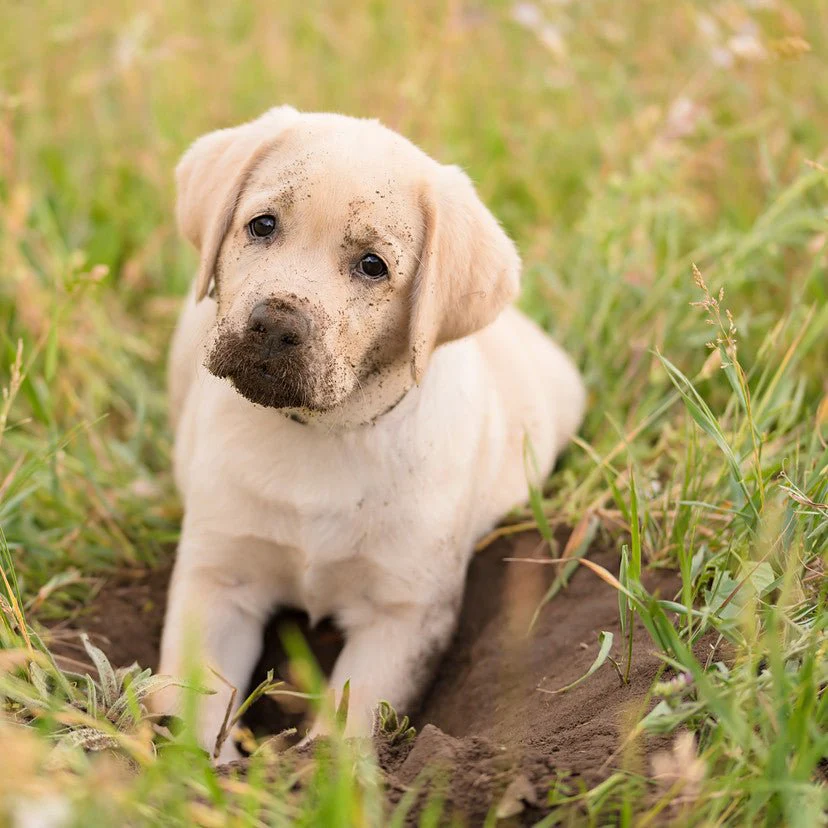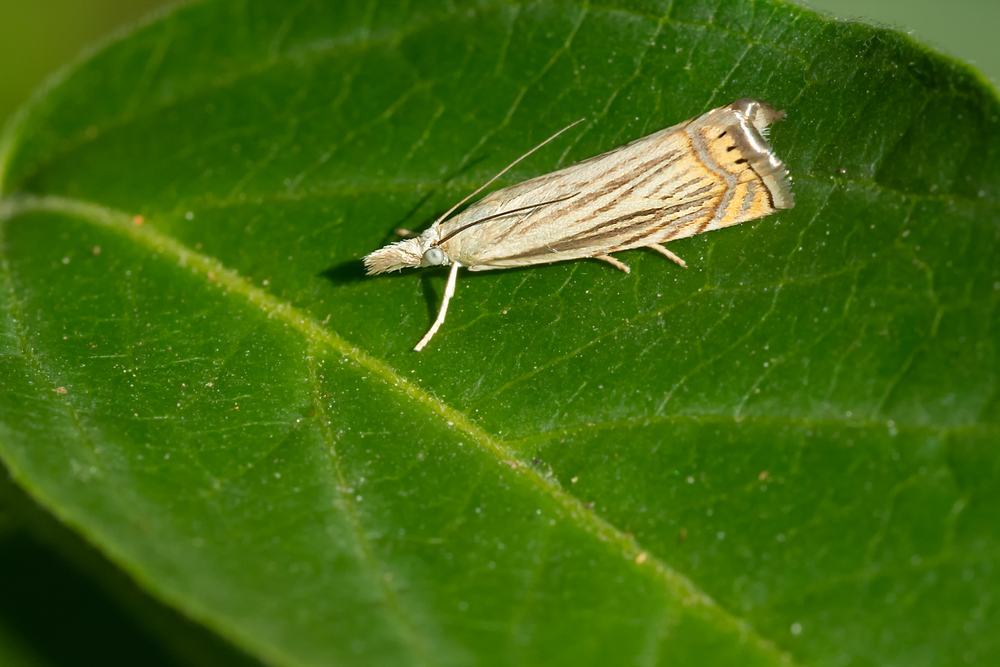Summer can be hot and dry. July, August, and September are the hottest months. These lawn care tips will help you keep your lawn healthy all summer.
To conserve water and promote healthy, dense turfgrass, water your lawn as efficiently as you can.
It can become summer dormancy if warm-season turfgrass is subject to prolonged drought. It will stop growing, become a golden brown color, and then start to recover once water is available in the fall or summer.
If you don’t have the time or energy to water your grass during the hottest, driest months of summer, it is possible to let it go dormant.
Your lawn’s ability develop deep roots and healthy growth during active growth is what will determine whether your lawn can survive the summer dormancy. Water-Wise lists some practices that can encourage healthy turfgrass growth, deep roots, and deep water infiltration.
You can choose to stop fertilizing if this is your preference. It’s better to fertilize turfgrass when it’s actively growing and not dormant.
Remember that turfgrass diseases can be significantly reduced by watering your lawn in fall. Water your lawn early in the morning to avoid turfgrass diseases.
Evening watering can prolong leaf wetness and encourage disease. The fall is when turfgrass growth slows down, so less fertilizer and water are needed.
Mowing
Your lawn may not require as much mowing during the summer heat, particularly if it is suffering from drought stress and heat. Many summer weeds are producing seed and flowering.
You can take steps now to reduce the seed population in your landscape, and decrease the number of weeds in spring. Regular mowing and the removal of clippings can help manage weed populations.
Fertilization
To maintain healthy turfgrass growth, fertilize your lawn as often as you need to. Reduce or suspend fertilizer application if there isn’t enough water for growth.
A soil test should determine the nutrient levels of phosphorous (P), and potassium (K). A soil test will help you identify important soil properties such as pH which can impact nutrient availability.





